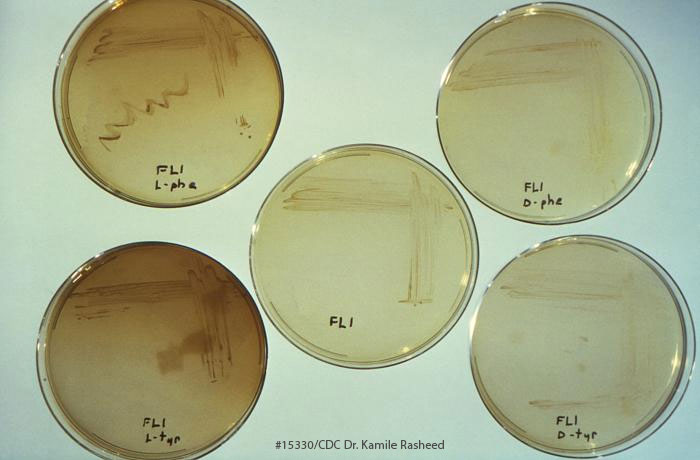The investigation of the Lockport, New York, Legionnaires’ disease (legionellosis) outbreak includes testing for Legionella in cooling towers within a 2-mile radius of Eastern Niagra Hospital. Legionella are bacteria that grow in moist areas. Breathing in water mist contaminated with these pathogens causes Legionnaires’ disease, a severe form of pneumonia. Cooling towers, generally located on rooftops, can spray contaminated mist over a mile.
High levels of Legionella Found in Eastern Niagra Hospital Cooling Tower
Testing is being done to determine if the strain of Legionella found in one of the hospital’s cooling towers is the same strain that sickened 8 people in the area, at least one of whom has died. To date, there is no evidence to date that establishes a definitive link between Eastern Niagara Hospital and the cluster of cases in the community, according to theNiagara County Department of Health.
“The Niagara County Department of Health (NCDOH) and the New York State (NYS) DOH received notification from Eastern Niagara Hospital in Lockport that a cooling tower tested positive for levels of Legionella exceeding 1,000 CFU/mL (colony –forming units of bacteria per milliliter)” (Niagra County Health Department).
Under new 2016 state regulations, owners of cooling towers are required to notify the New York State Department of Health and the local department of health of any sample that tests positive at levels exceeding 1,000 CFU/mL, which was the case for the Eastern Niagra Hospital cooling tower. The sample that tested high had been collected by the hospital as part of routine cooling tower monitoring for Legionella.
The hospital immediately took steps to disinfect the cooling tower.
Testing is also being completed on environmental samples collected from several other buildings’ cooling towers.

Who is at Risk for Legionnaires’ Disease?
Most healthy individuals are not sickened by Legionella bacteria. People at higher risk of getting sick are the following:
- people with a history of chronic disease, particularly lung disease;
- people with weakened immune systems (for example, diabetics);
- smokers;
- people over 60.
Is There a Lawsuit?
For the people who been diagnosed with Legionnaires’ disease (legionellosis) to have a lawsuit, their cases of legionellosis need to be connected by DNA testing, and the source of the illnesses needs to be found. There are also other factors involved that will need to be discussed with your Legionnaires’ disease lawyer.
Survivors may have personal injury claims, and the family of the person who died in the outbreak may have a wrongful death claim.
For more information, read “Can I Sue a Hospital for Legionnaires’ Disease?“